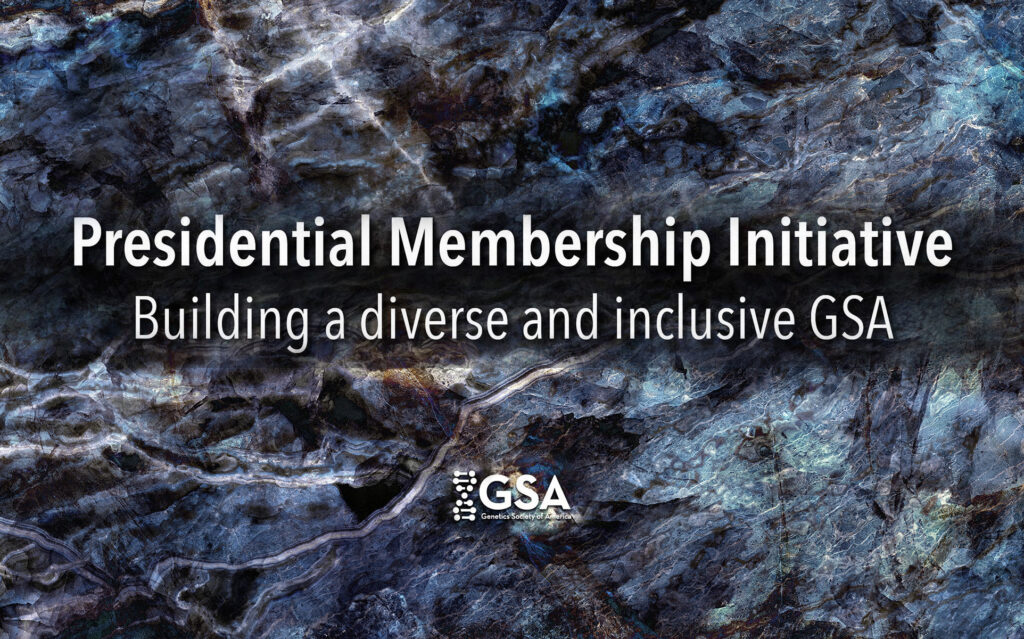The Presidential Membership Initiative was launched in 2020 as a way for the Genetics Society of America to invite talented and creative individuals from diverse backgrounds into our community. We are pleased to introduce the next cohort of Presidential Members. Throughout 2022, they will network with one another and with other Society and Board members, participate in GSA Conferences, and be valued additions to our community. Welcome, Presidential Members!
We are introducing Presidential Members this week, so be sure to check back and meet your new colleagues.
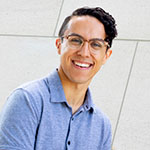
Brent Allman
Graduate Student, Koelle and Weissman Labs, Emory University
I am a computational evolutionary biologist, and I seek to better understand the evolution of RNA viruses through simulation and modeling. The life cycles of viruses can challenge the notion of what constitutes an individual, and my work addresses the consequences of evolutionary forces acting on viruses in groups.

Triana Amen
HFSP Fellow, Global Health Institute, Swiss Federal Institute of Technology (EPFL)
In order to meet metabolic challenges, each eukaryotic cell deploys hundreds of peroxisomes—distinct membrane compartments involved in both catabolic and anabolic functions. I seek to understand the molecular mechanisms of peroxisome formation and identify the factors that regulate peroxisome biogenesis.

Joanna Baker
Volunteer, Chinnaiyan Lab, University of Michigan
I am interested in pursuing regenerative medicine and finding ways to reverse the damaging effects of disease.

Michael Busche
Postdoc, Brunkard Lab, University of Wisconsin, Madison
I use functional genomics to study development in maize. I am particularly interested in how the TOR signaling network regulates the initiation of lateral organs.
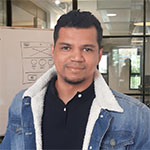
Jadson C. Santos
Graduate Student, Molecular Immunogenetics Lab, University of São Paulo
I integrate experimental and computational methodologies in collaborative projects to understand the impact of pathogenic mutations on protein 3D structure.
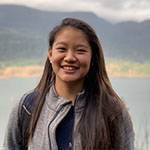
Gillian Chu
Master’s at the University of Illinois at Urbana-Champaign
My research interests are at the intersection of computer science, statistics, and biology. I am interested in building efficient algorithms and tools that help people interpret genetic data.

Olayinka David
Doctoral Student, DeGennaro Lab, Florida International University
I use RNA-Seq analysis and the CRISPR gene-editing tool to identify and modify genes that regulate mosquito embryo development. My goal is to find candidate molecular targets for the biological control of this deadly vector of human diseases.
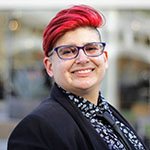
Tina Del Carpio
PhD Candidate, Lohmueller Lab, UCLA
I am estimating recombination rates in North American gray wolf populations and breed dogs to investigate how domestication has influenced the evolution of recombination rates. I am also studying the impact of UCLA’s doctoral bridge program for students from underrepresented minority (URM) backgrounds.
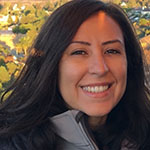
Gonca Erdemci-Tandogan
Postdoctoral Fellow, Institute of Biomedical Engineering, University of Toronto
My main research goals focus on understanding the fundamental physical mechanisms underlying complex biological processes, from cells and tissue to biopolymers, using theoretical/computational approaches.
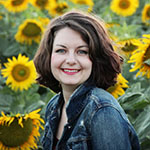
Cassie Ettinger
Postdoc, Stajich lab, University of California, Riverside
I am currently working on a variety of genomic, metagenomic and phylogenomic projects at the interface of both host (insect, amphibian, seaweed and seagrass) and microbe (bacteria, fungi, virus) interactions. I did my doctoral research with Dr. Jonathan Eisen at the University of California, Davis, where I investigated the taxonomic diversity of seagrass-associated bacteria and fungi. My current research interests range from sea to summit and encompass questions related to host-microbiome interactions, host-microbiome coevolution and marine fungi.
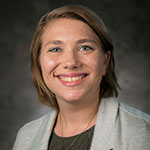
Maya Evanitsky
PhD Candidate, Di Talia Lab, Duke University
I use live imaging to investigate the mechanisms regulating zebrafish scale development. I’m specifically studying how molecular signals from the overlying skin surrounding skin coordinate and pattern scale formation.
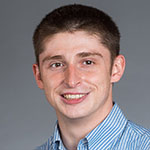
Daniel Gironda
Graduate Student, Lance Miller Lab, Wake Forest School of Medicine
Our current research uses genomic approaches to identify the genetic and cellular properties of solid tumors. Through our work, we hope to explain systems-level differences in cancer aggressiveness and identify novel therapeutic targets in chemo-resistant tumors.
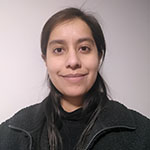
Ximena Gutiérrez-Ramos
Postdoc, Pick Lab, University of Maryland
My research aims to understand the role of cis-regulatory elements in the transcriptional regulation in segmentation genes and the evolutionary trajectories of these mechanisms.
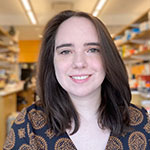
Gabrielle Hartley
PhD Candidate, Rachel O’Neill Lab, University of Connecticut
My research focuses on exploring chromosome and centromere evolution in gibbons, a group of endangered small apes with extensive karyotype variation. My work investigates how repetitive regions contribute to genome stability, both in gibbons and in the new, complete human genome, T2T-CHM13.
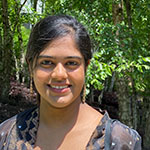
Ujani Hazra
Graduate Student, Lachance Lab, Georgia Institute of Technology
I use bioinformatics techniques to study population genetics and the transferability of disease risk prediction across populations.

Luis Hernandez-Nunez
Postdoc, Harvard University
Very little is known about the circuit-level neural computations underlying cardiac function. I use whole heart and brain functional imaging with cellular resolution, genetics, pharmacology, and mathematical modeling to study the neural circuits and computations underlying cardiac homeostatic control in zebrafish.

Katharine Hubert
Graduate Student, Wellik Lab, University of Wisconsin-Madison
My research works to understand the function of Hox genes in the adult skeleton during repair and regeneration. Using a murine fracture model, I am working to dissect the roles of Hox genes in fracture repair and connect this to the molecular mechanisms Hox genes use to coordinate the repair process.


